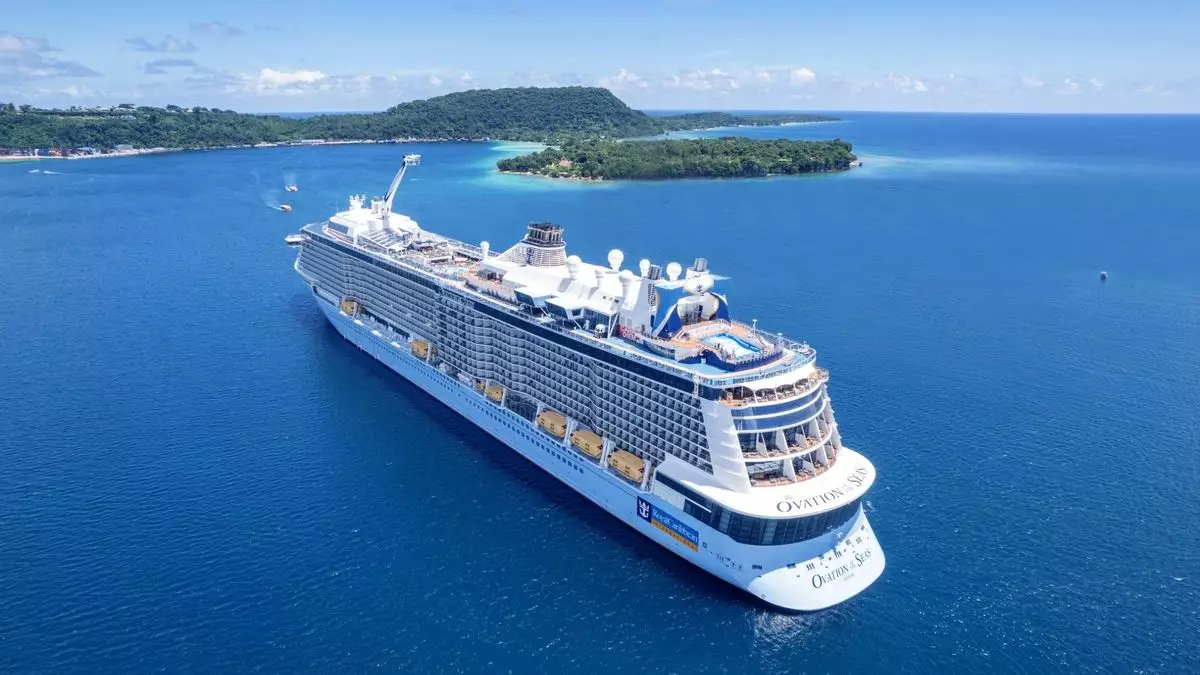On a tumultuous Tuesday, Vanuatu experienced a powerful earthquake registering at a magnitude of 7.3. This seismic event, which struck approximately 18 miles west of the capital city, Port Vila, has left a significant imprint on the South Pacific nation. The implications of such an earthquake extend beyond immediate physical damage; they ripple through the fabric of society, economy, and emergency response capabilities.
The U.S. Geological Survey promptly reported the earthquake, emphasizing the severe nature of the incident. The infrastructure in Port Vila bore the brunt of the tremors, with significant damage reported to buildings—including those hosting several Western embassies—leading to partial collapses. This incident highlights the vulnerability of essential government and diplomatic facilities during natural disasters, which raises urgent discussions about building standards and preparedness in seismically active regions.
In the wake of the earthquake, urgent calls for emergency services became evident as reports of people trapped in downtown buildings emerged. Landslides further complicated the situation, with at least one road being obstructed, rendering it impassable. The immediate concerns regarding public safety were exacerbated by outages in power and communication systems across the island, leaving many isolated in the chaos.
The French ambassador to Vanuatu, Jean-Baptiste Jeangene Vilmer, reported on X about the suspension of flights, underscoring the extensive disruption caused by the quake. The inability to maintain air travel poses additional risks, as it can hinder the swift delivery of aid and response teams. The stranded population faces a long wait for help and support.
The tourism sector, which significantly contributes to Vanuatu’s economy, now finds itself in a precarious position. Various cruise lines, including Royal Caribbean and Carnival Corporation, have itineraries that include stops in Port Vila and surrounding areas. The uncertainty caused by this natural calamity raises critical questions about the future of these scheduled visits.
Royal Caribbean International’s Quantum of the Seas, which was in the vicinity, successfully docked at Mystery Island shortly after the earthquake, but concerns remain regarding its imminent scheduled visits to Port Vila. Similarly, Carnival Luminosa and Cunard’s Queen Elizabeth have upcoming stops planned in the coming week, prompting the cruise lines to monitor the situation closely. Carnival Corp. issued a statement expressing its sorrow regarding the earthquake and confirming that they are assessing their routes to mitigate impacts on passengers and uphold safety standards.
For Vanuatu, the recent earthquake serves as a reminder of its geographical vulnerabilities and the relentless forces of nature. While the immediate response focuses on rescue and recovery, longer-term strategies must address infrastructure resilience, disaster preparedness, and community education to withstand future upheavals. As the nation seeks to rebound from this disaster, collaboration among local authorities, international support, and investment in robust infrastructure will be vital in paving the way toward recovery and stability. The resilience of Vanuatu’s citizens will undoubtedly shine through as they begin to heal from the tremors of this significant earthquake.


Leave a Reply